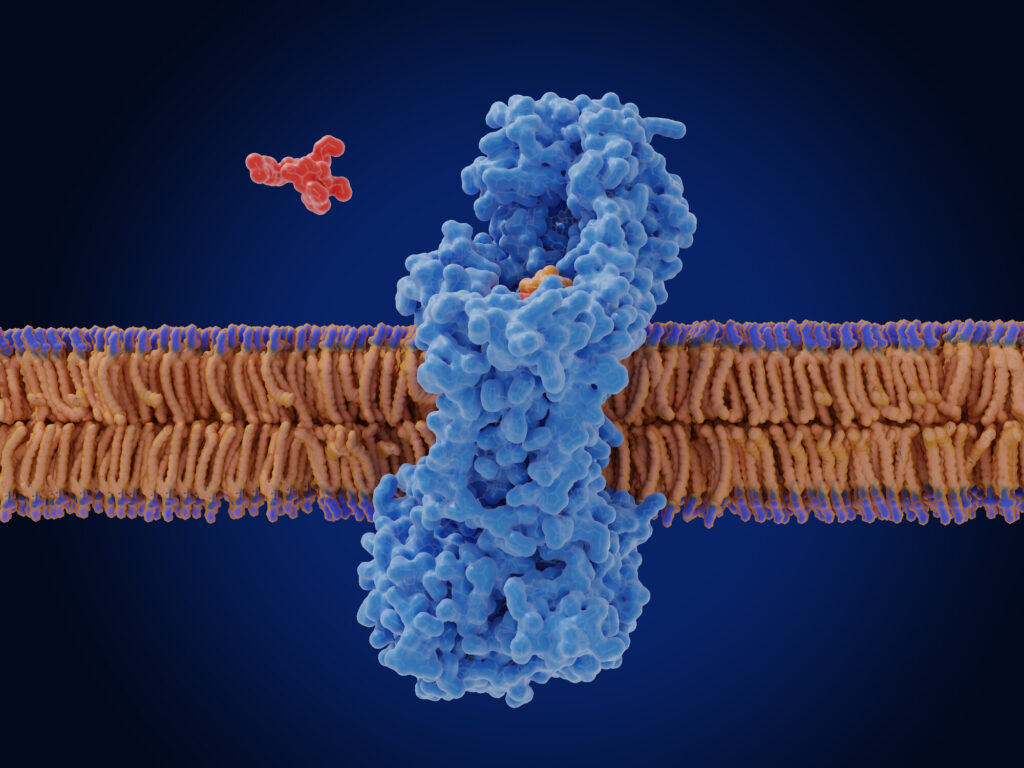A new framework bridges a gap in understanding RNA therapeutics by linking the structure of lipid nanoparticles to immune response. It can help scientists and engineers expand the use of RNA medicines beyond vaccines to other therapeutic applications.
Decades of work have yielded lipid nanoparticle structures that deliver RNA to specific locations in the body. This foundational research is one of the reasons that mRNA vaccines for COVID-19 could be developed so rapidly during the pandemic.
With the main focus on the delivery mechanism, however, less attention has been given to the immune response to the delivery vehicles. Scientists haven’t known how different lipid nanoparticle structures interact with the immune system. Kathryn Whitehead and her lab at Carnegie Mellon University are working to fill in that missing information.
Establishing relationships between lipid chemistry and immune response is necessary in order to expand the use of lipid nanoparticles beyond RNA vaccines.
Cells in the body have receptors that detect pathogens and trigger immune responses. Because different proteins identify different types of molecules, the body is able to tune its response. There are protein receptors that identify RNA, a hallmark of viral infection. Other protein receptors bind to lipids, which may indicate bacterial infection.
To create nanoparticles that deliver RNA, Whitehead, professor of chemical engineering and biomedical engineering, uses synthetic lipids. They’re comprised of carbons and amines, which contain nitrogen.
In research recently published in Nature Biomedical Engineering, Whitehead and Namit Chaudhary link the immune response caused by lipid nanoparticles to their lipid chemistry. They found that some lipid structures, based on their nitrogen chemistry, bind very strongly to receptors, and others bind weakly. The strong interactions trigger the receptor and ultimately the immune response.
Based on these findings, Whitehead and Chaudhary created a computer model to predict which lipid nanoparticle structures would cause immune responses. They verified their predictions experimentally.
Whitehead and Chaudhary also hypothesized that their synthetic lipids were interacting with lipids that are present on the cell membrane. They found that the lipid nanoparticles that inhibited immune response prevented lipid domains from forming on the surface of the cell membrane.
They interfered with signaling pathways, including those that would otherwise signal an immune response. The lipid nanoparticles that caused an immune response interacted with the cell membrane without disrupting its signaling function.
The Whitehead Lab’s multi-pronged approach uses both computational tools and experimental tools. They can screen thousands of molecules on the computer to identify the ones that will have a desired response. “From tens of thousands, we can funnel it down to a manageable group that we can synthesize in the lab and test experimentally. You can’t do that many experiments, but you can do that many simulations,” says Chaudhary.
Chaudhary started developing the computational tools during the COVID-19 pandemic, when laboratory facilities were closed. His experimental data hadn’t been making sense, so he turned to what he could still access: computers. The lockdown forced him to ask different questions, and Chaudhary says it changed the direction of his research.
“It’s a reminder that diverse backgrounds all come together to tell a story,” he says. “The computational work is rooted in thermodynamics, and that’s chemical engineering, whereas the rest of the work is biomedical engineering and immunology.” When the lab reopened, Chaudhary was able to experimentally verify what he had seen computationally.
The findings will help engineers tailor immune responses when designing lipid nanoparticles for drug delivery. Whitehead and Chaudhary’s framework can quickly and inexpensively identify lipids.
“For vaccines, we might want something that’s more immunogenic, so that the vaccine responds better. But if we are delivering something to the brain or the liver, for example, we might not want to evoke substantial immune responses that might cause toxicity,” explains Chaudhary.
He sees potential for the framework to become part of the decision tree for developing therapeutics in the future.


